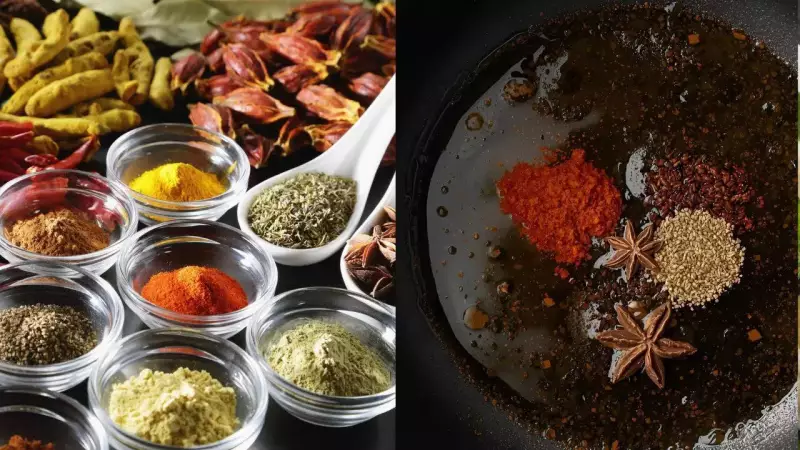
Every Indian kitchen warrior has faced this battle - you're creating what should be a magnificent curry, only to have your spices turn against you with an unpleasant bitterness. That moment when your carefully prepared masala betrays you can ruin an entire meal. But fear not, fellow food lovers! We've uncovered professional secrets that will transform your cooking game forever.
The Golden Rule: Temperature Control is Everything
One of the biggest culprits behind bitter spices is overheating. When you toss your precious spices into screaming hot oil, they burn within seconds, releasing acrid compounds that dominate your dish. The solution? Master the art of temperature control.
Instead of adding spices to violently hot oil, try this chef's technique: heat your oil on medium flame until it's warm but not smoking. Test the temperature by adding one cumin seed - if it sizzles gently, you're good to go. If it immediately turns black and smokes, your oil is too hot.
Timing Matters: When You Add Spices Changes Everything
Believe it or not, the sequence and timing of adding spices can make or break your dish. Ground spices have less tolerance for heat than whole spices. Here's the professional approach:
- Start with whole spices like cumin, mustard seeds, or cinnamon in moderately heated oil
- Let them splutter and release their aroma before adding other ingredients
- Add ground spices like turmeric, coriander, or red chili powder later in the cooking process
- Consider mixing ground spices with a little water or yogurt before adding to prevent burning
The Freshness Factor: Old Spices Equal Bitter Tastes
Those spices sitting in your cabinet for months? They might be your bitterness culprits. As spices age, their essential oils degrade, leading to unbalanced flavors and potential bitterness. Ground spices have a shorter shelf life than whole spices - typically 6 months versus 1 year.
Conduct a simple freshness test: crush a small amount between your fingers and smell. If the aroma is weak or musty, it's time for new supplies. Buying smaller quantities more frequently ensures you're always cooking with vibrant, fresh spices.
Toast Don't Burn: The Art of Dry Roasting
Dry roasting spices can enhance their flavor profile dramatically, but there's a fine line between toasting and burning. The key is constant movement and low heat.
- Use a heavy-bottomed pan on low to medium heat
- Keep spices moving constantly with a spoon or by shaking the pan
- Remove from heat the moment you smell their aroma intensifying
- Immediately transfer to a cool plate to stop the cooking process
Balance is Everything: The Sweet and Sour Solution
Sometimes despite your best efforts, a slight bitterness emerges. Indian cooking has ancient solutions for this! A pinch of sugar, a drizzle of honey, or a squeeze of lemon juice can work wonders in balancing flavors.
Tomatoes, yogurt, or coconut milk can also counteract bitterness while adding depth to your dish. Remember, Indian cuisine is about harmony - balancing six tastes: sweet, sour, salty, bitter, pungent, and astringent.
Armed with these professional techniques, you can bid farewell to bitter spice disasters and welcome perfectly balanced, restaurant-quality Indian dishes into your home kitchen. Happy cooking!





